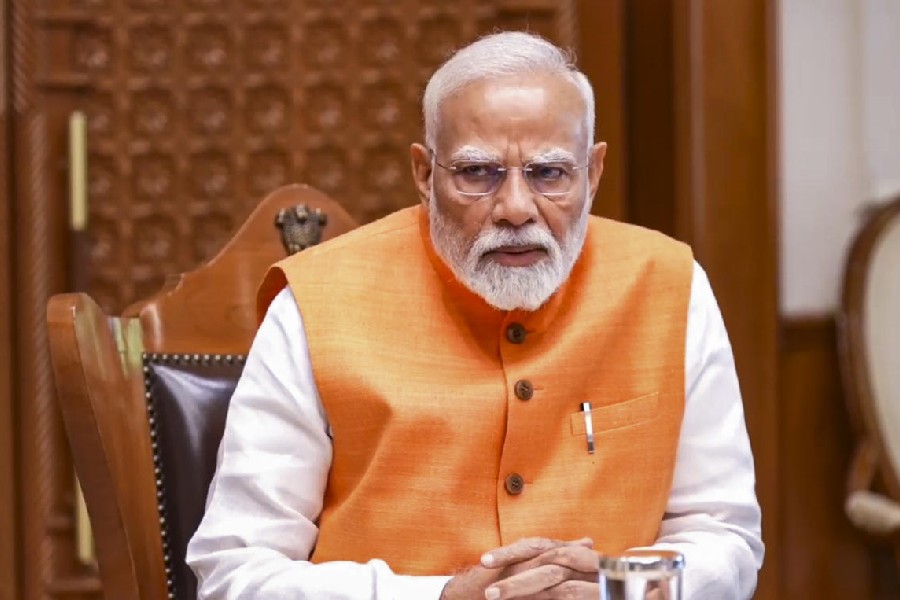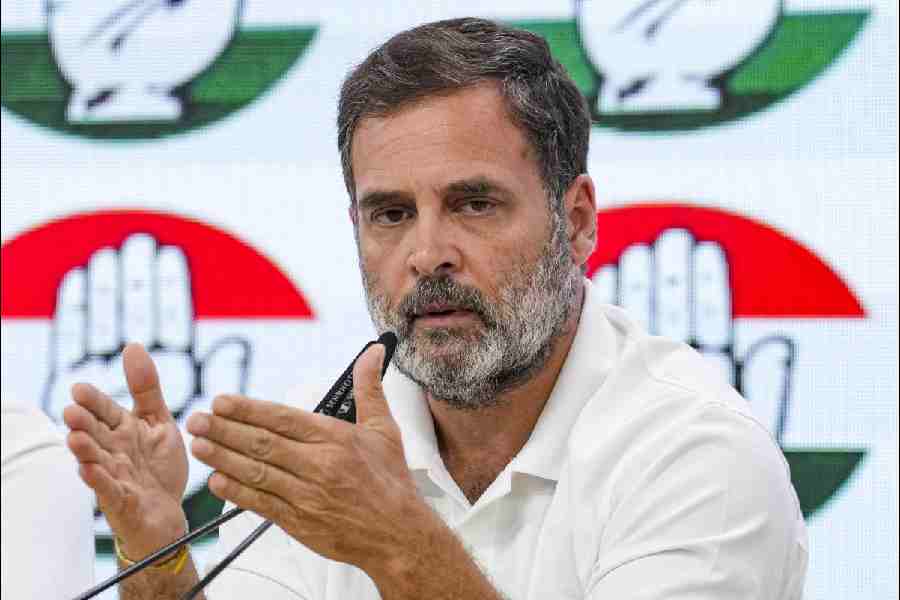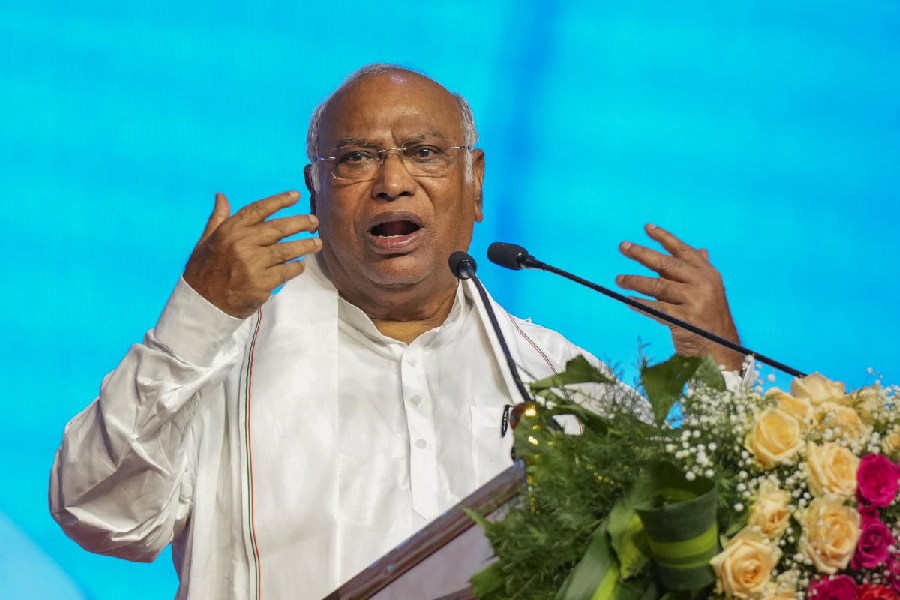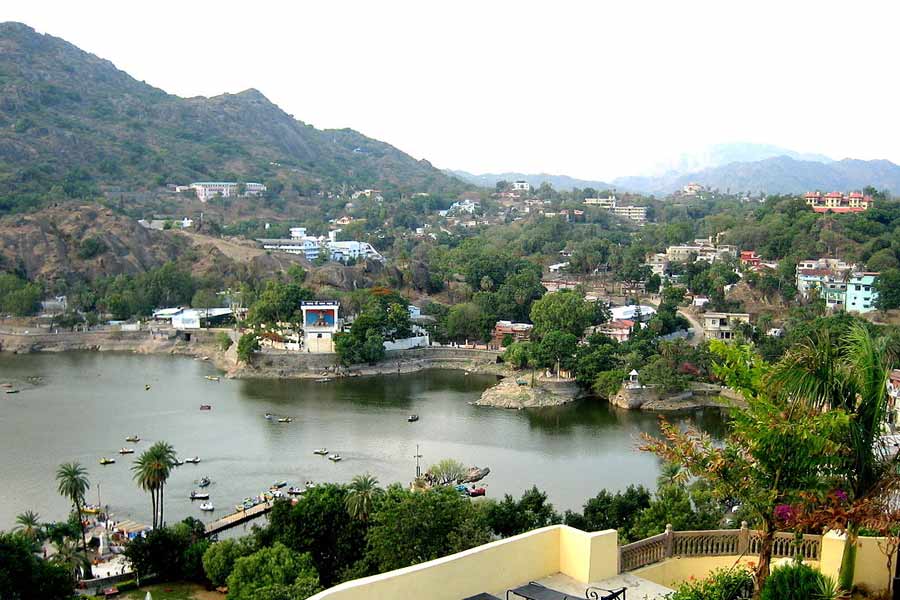It is time Patna — the city with the second highest air-pollution levels in India after New Delhi (World Health Organisation’s May 2014 report) — does something about cleaning the air.
Patna’s vehicular load, at 11.15 lakh vehicles, is a lot less than Delhi’s 80 lakh vehicles, but the pollution level is reason enough for strong measures.
“It would be difficult to introduce odd-even numbered vehicular traffic movement in Patna (as is being planned for Delhi). I suggest a mix of vehicle restriction measures in practice in other cities,” said T.K. Sinha, honorary secretary of Patna chapter of Automobile Association of Eastern India. Piyush Kumar Tripathy explores the possibility of similar “road space rationing” measures in Patna.
Road space ration history
The earliest known case of road space rationing took place in ancient Rome in 45BC, where Julius Caesar declared the centre of Rome off-limits between 6am and 4pm to all carriages except for carriages transporting priests, officials, visitors, and high-ranking citizens. Caesar introduced this system as carriages and carts pulled by horses created serious congestion problems in several areas.

New Delhi
After getting a rap from Delhi High Court over pollution problems, Delhi government, on December 4, announced that beginning January 1, private vehicles would be allowed on its streets on alternate days, depending on whether their licence plates end in even or odd numbers.
TT Suggests: Not feasible in Patna because of weak public transport system

Beijing
It is perceived that the Delhi government’s decision to introduce odd road space rationing is largely based on implementation of a similar proposal in Beijing. Initially launched as a temporary measure in July 2008, two months before the Beijing Olympics, the policy was implemented on a permanent basis in October 2008 following sharp improvement in air quality there.
TT Suggests: Can be implemented on trial for a few days in select areas that see heavy traffic

Paris
On March 17, 2014, Paris mayor Anne Hidalgo imposed a one-day driving restriction in Paris following recurrent heavy smog in the city. Under the move, called Circulation Alternée, cars with even registration numbers were banned from entering the city from 5.30am to midnight. The move succeeded in curbing pollution but could not
be extended beyond a day.
TT Suggests: A one-day partial restriction on vehicles is highly feasible in Patna. On the said day, odd- or even-numbered vehicles can be prohibited from entering central Patna areas like Dak Bungalow, Fraser Road and Boring Road

Mexico City
Under “Hoy No Circula” (No Driving Today) programme, Mexico restricts circulation of diesel and gasoline-powered vehicles according to the day of the week and the last digit on the vehicle’s licence plate. Once a week, one of these private cars were prohibited on the roads. The move initially helped reduce pollution by around 11 per cent, but soon the Mexicans began buying cheap second-hand cars so that they had both petrol and diesel and odd and even-numbered variants. And this led to more number of vehicles and rise in vehicular pollution once again.
TT Suggests: Diesel vehicles could be restricted on a few roads, including Ashok Rajpath, Old Bypass and Nala Road, on certain days of the week

Singapore
Under Electronic Road Pricing, a concept introduced in September 1998, motorists are charged when they use priced roads, particularly in central Singapore, during peak hours. Drivers have to pay a flat rate to use such roads.
TT Suggests: Similar system of payment of fixed rate could be implemented on roads in commercial hubs like Exhibition Road, Patna City markets, Boring Road and Ashok Rajpath among others.

London
Like in Singapore, Transport for London, a local government body looking after transport in London, introduced a system of charging fees on vehicles operating within the “Congestion Charge Zone”, an area around Central London, during peak hours on weekdays.
TT Suggests: Feasible in highly congested areas, including Patna Junction road, Mithapur, Danapur bus stand and Kurji-Rajapur Pul road among others
Other cities
Driving restrictions similar to the one proposed for Delhi have been imposed in a number of cities in the past, like Athens (1982), Santiago (1986, 2001), Metro Manila (1995), Sao Paulo (1997), La Paz (2003), San Jose (2005) and Quito (2010). A certain percentage of vehicles are restricted in all these cities during peak hours or for the entire day on the designated day(s).
TT Suggests: Can be feasible for select roads in Patna for streamlining traffic












